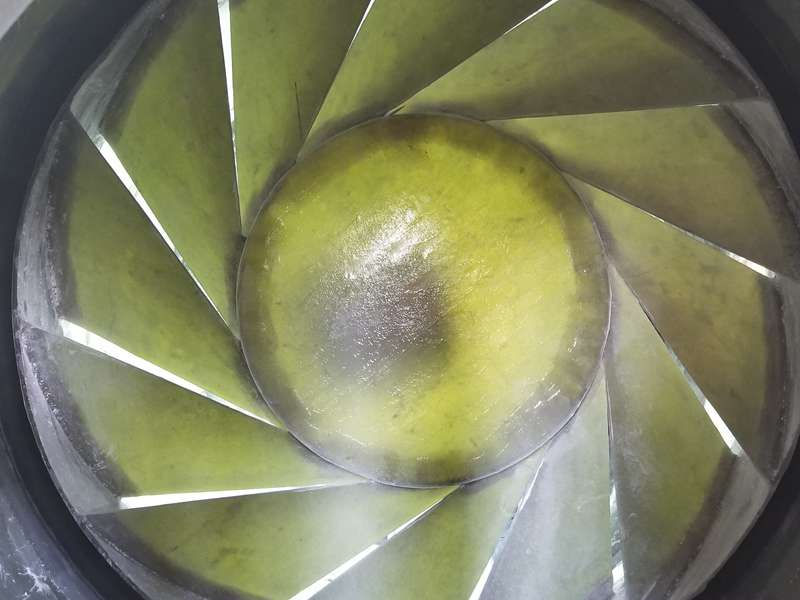
-
 Afrikaans
Afrikaans -
 Albanian
Albanian -
 Amharic
Amharic -
 Arabic
Arabic -
 Armenian
Armenian -
 Azerbaijani
Azerbaijani -
 Basque
Basque -
 Belarusian
Belarusian -
 Bengali
Bengali -
 Bosnian
Bosnian -
 Bulgarian
Bulgarian -
 Catalan
Catalan -
 Cebuano
Cebuano -
 China
China -
 China (Taiwan)
China (Taiwan) -
 Corsican
Corsican -
 Croatian
Croatian -
 Czech
Czech -
 Danish
Danish -
 Dutch
Dutch -
 English
English -
 Esperanto
Esperanto -
 Estonian
Estonian -
 Finnish
Finnish -
 French
French -
 Frisian
Frisian -
 Galician
Galician -
 Georgian
Georgian -
 German
German -
 Greek
Greek -
 Gujarati
Gujarati -
 Haitian Creole
Haitian Creole -
 hausa
hausa -
 hawaiian
hawaiian -
 Hebrew
Hebrew -
 Hindi
Hindi -
 Miao
Miao -
 Hungarian
Hungarian -
 Icelandic
Icelandic -
 igbo
igbo -
 Indonesian
Indonesian -
 irish
irish -
 Italian
Italian -
 Japanese
Japanese -
 Javanese
Javanese -
 Kannada
Kannada -
 kazakh
kazakh -
 Khmer
Khmer -
 Rwandese
Rwandese -
 Korean
Korean -
 Kurdish
Kurdish -
 Kyrgyz
Kyrgyz -
 Lao
Lao -
 Latin
Latin -
 Latvian
Latvian -
 Lithuanian
Lithuanian -
 Luxembourgish
Luxembourgish -
 Macedonian
Macedonian -
 Malgashi
Malgashi -
 Malay
Malay -
 Malayalam
Malayalam -
 Maltese
Maltese -
 Maori
Maori -
 Marathi
Marathi -
 Mongolian
Mongolian -
 Myanmar
Myanmar -
 Nepali
Nepali -
 Norwegian
Norwegian -
 Norwegian
Norwegian -
 Occitan
Occitan -
 Pashto
Pashto -
 Persian
Persian -
 Polish
Polish -
 Portuguese
Portuguese -
 Punjabi
Punjabi -
 Romanian
Romanian -
 Russian
Russian -
 Samoan
Samoan -
 Scottish Gaelic
Scottish Gaelic -
 Serbian
Serbian -
 Sesotho
Sesotho -
 Shona
Shona -
 Sindhi
Sindhi -
 Sinhala
Sinhala -
 Slovak
Slovak -
 Slovenian
Slovenian -
 Somali
Somali -
 Spanish
Spanish -
 Sundanese
Sundanese -
 Swahili
Swahili -
 Swedish
Swedish -
 Tagalog
Tagalog -
 Tajik
Tajik -
 Tamil
Tamil -
 Tatar
Tatar -
 Telugu
Telugu -
 Thai
Thai -
 Turkish
Turkish -
 Turkmen
Turkmen -
 Ukrainian
Ukrainian -
 Urdu
Urdu -
 Uighur
Uighur -
 Uzbek
Uzbek -
 Vietnamese
Vietnamese -
 Welsh
Welsh -
 Bantu
Bantu -
 Yiddish
Yiddish -
 Yoruba
Yoruba -
 Zulu
Zulu
fiberglass mining equipment
The Role of Fiberglass in Mining Equipment
Mining, a cornerstone of industrial development, often requires robust and durable equipment to withstand harsh conditions. One material that has gained prominence in the mining sector is fiberglass. Known for its lightweight, strong, and corrosion-resistant properties, fiberglass has become an integral part of modern mining equipment.
The Role of Fiberglass in Mining Equipment
One of the primary advantages of fiberglass in mining equipment is its resistance to corrosive environments. Mining operations often expose equipment to harsh chemicals, moisture, and abrasive materials. Fiberglass can withstand these conditions better than metal alternatives, significantly reducing maintenance costs and downtime. For example, components such as conveyor belts, tanks, and hoses made from fiberglass are less likely to degrade over time, ensuring they can endure extensive use in challenging environments.
fiberglass mining equipment

Additionally, the lightweight nature of fiberglass contributes to improved operational efficiency. When equipment is lighter, it can be handled with greater ease, which can lead to increased productivity. Operators can transport, install, and maneuver fiberglass components without the extensive machinery typically required for heavier options. This not only saves time but also lowers labor costs associated with equipment handling.
Another significant benefit is the insulating properties of fiberglass, which can be vital in certain mining operations. When mining in cold climates or operating in environments where temperature control is essential, fiberglass can help maintain consistent temperatures. This can protect sensitive equipment from extreme conditions, thus enhancing their performance and lifespan.
Despite these advantages, it's important to note that fiberglass is not without its challenges. The initial cost of fiberglass equipment may be higher than traditional materials, which can deter some operators from making the switch. However, many companies find that the long-term savings realized through reduced maintenance and operational downtime outweigh the initial investment. Additionally, as technology advances, the manufacturing processes for fiberglass are becoming more efficient and cost-effective, making it a more accessible option for mining operators.
In conclusion, fiberglass is revolutionizing the mining industry by providing a lightweight, durable, and corrosion-resistant alternative to traditional equipment materials. Its unique properties help mining companies enhance operational efficiency, reduce maintenance costs, and ensure equipment longevity. As the mining industry continues to evolve, the integration of advanced materials like fiberglass is likely to play a critical role in shaping the future of mining technology. Embracing this innovative approach can lead to more sustainable and efficient mining practices that benefit both operators and the environment.
Latest news
-
Exploring the Benefits of Top Hammer Drifter Rods for Enhanced Drilling PerformanceNewsJun.10,2025
-
High-Precision Fiberglass Winding Machine for GRP/FRP Pipe Production – Reliable & Efficient SolutionsNewsJun.10,2025
-
FRP Pipes & Fittings for Shipbuilding - Corrosion-Resistant & LightweightNewsJun.09,2025
-
Premium FRP Flooring Solutions Durable & Slip-ResistantNewsJun.09,2025
-
Premium Fiberglass Rectangular Tanks Durable & Lightweight SolutionNewsJun.09,2025
-
Tapered Drill String Design Guide Durable Performance & UsesNewsJun.09,2025









